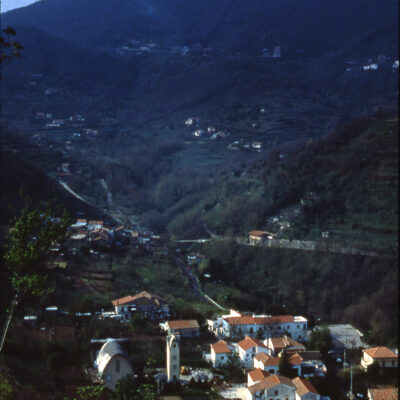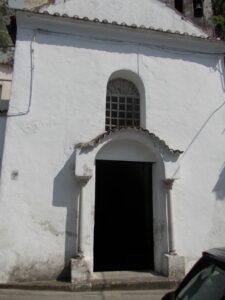The mountain and the wood

This interpretation of the Amalfi Coast is the one preferred by foreigners, who have been the first since the time of the Grand Tour to rediscover the charm of its mountains and its woods.
Travelers on the Grand Tour used to cross the mountains because those were the only way of communication with the inland centers from which they came, but today modern visitors, who don’t disdain the effort of the walk, can enjoy a view of the entire coast from the highest peaks in the area.
The forest, then, represents a real discovery not only from the point of view of vegetation with the Neapolitan alder and the chestnut tree which also reaches very high altitudes, but also from the point of view of vernacular architecture.
It is not difficult to discover along the paths small buildings, little more than improvised huts, called “pagliari”, which well summarize the culture of this world: the young chestnut poles are the load-bearing structures, stones obtained from the surrounding rock put up to obtain a little dry shelter and the branches of the undergrowth for cover.
The door to the route in Tramonti allows you to experience the mountain in all its richness.
The itinerary is practicable through movements by own car or using public means of transport to reach involved centres; in a later time it is recommended to move, within single municipalities, along pedestrian roads, made up of steps. A more complete way to fully appreciate this interpretation of the territory involves the use of the Alta Via dei Monti Lattari, which presents considerable difficulties in terms of practicability and is therefore intended only for expert users of high-altitude roads.

Chiesa Sant’Angelo all’Ospedale
MUNICIPALITY: Ravello NAME: Church of St. Angelo dell’Ospedale LOCATION: Viale della Rimembranza DESCRIPTION: The church, attached to an ancient structure

